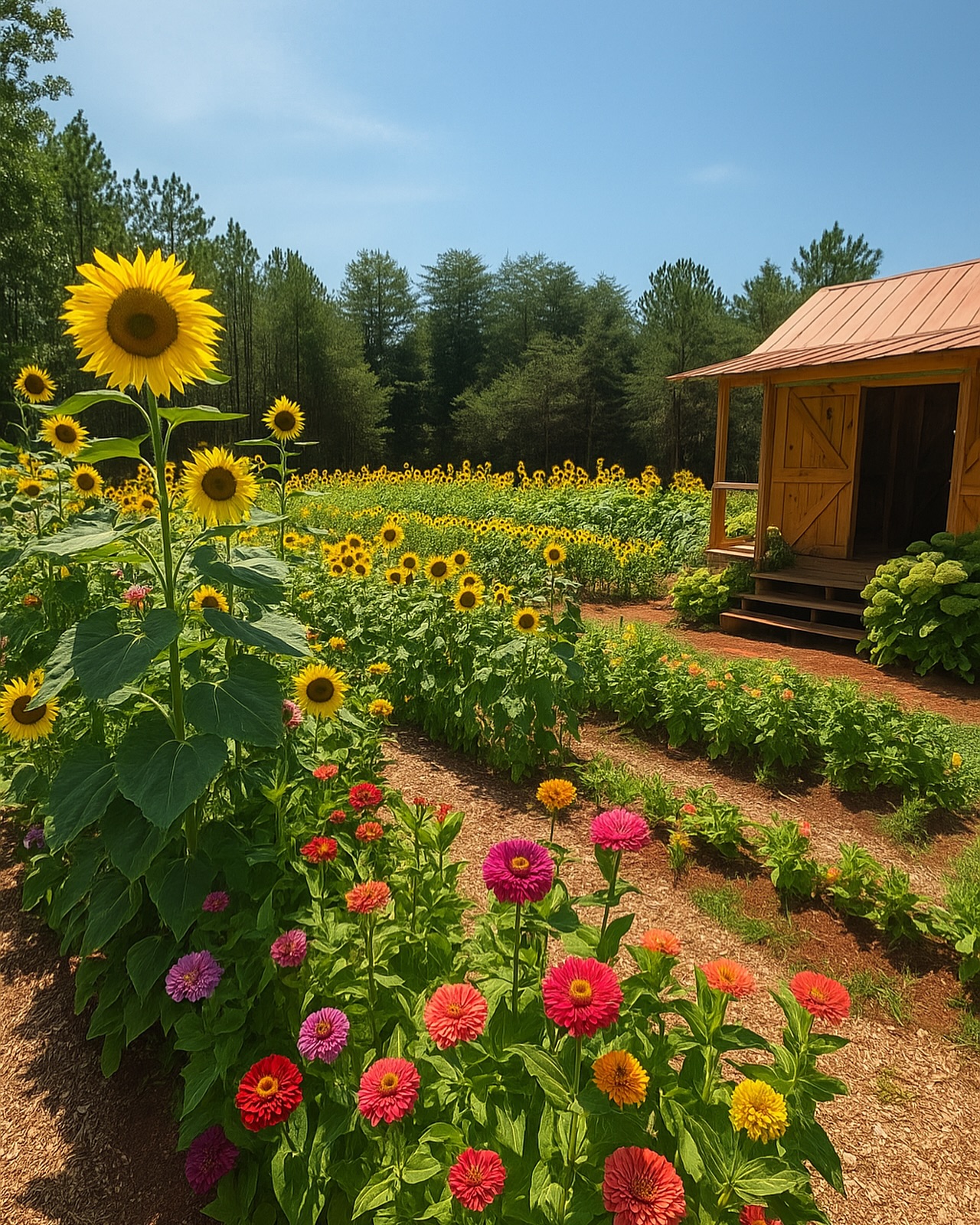Interesting and fun facts about fruit and vegetables
Published 10:16 pm Thursday, August 27, 2015
By David Crocker
Most folks agree we all need several servings of fruits and vegetables each day. The amounts I recommend are, for children two to eight years of age, 1 to 1 ½ cups a day; for girls 9-18 years old, 1 1/2 cups a day; boys 9-18 years old, 1 ½ to 2 cups a day, women 19-30 years old, 2 cups a day; women over 30 years old, 1 ½ cups a day; men over 19 years old, 2 cups a day.
Now that we know the daily volume of fruits and vegetables we should have each day, let’s just have some fun. I’d like to share with you some interesting, but true facts about fruits and vegetables you might not know.
A strawberry is not an actual berry, but a banana is. A banana ripens more quickly if you place it in a brown paper bag with an apple or tomato. India is the number one banana producer in the world.
Apples float in water because they are composed of 25 percent air. There are 7,000 different types of apples grown all over the world.
Frozen vegetables are just as beneficial to health as fresh ones (I did an article on that once).
Sugar beets are the most important source of sugar after the sugar cane.
Trending
Asparagus is a member of the lily family.
Blackberries and raspberries belong to the rose family.
Avocado leaves, bark, and fruit are very poisonous to animals (including horses).
Kiwis were once called Chinese gooseberries.
The largest zucchini measured 69 ½ inches long and weighed 65 pounds.
A watermelon is 92 percent water.
Pineapples are actually berries.
Strawberries are the only fruit which grows seeds on the outside.
Yams and sweet potatoes are not the same thing.
There are 10,000 types of tomatoes.
Some radishes can grow three feet long and weigh 100 pounds.
There are 700 varieties of peaches.
Thomas Jefferson is credited with introducing French fries to America.
Although a fruit, it took a ruling by the Supreme Court in 1893 to make, by law, the tomato a vegetable. One horn worm can eat an entire tomato plant by itself in one day.
The persimmon is Japan’s national fruit. The French used to refer to the tomato as the “apple of love.”
California produces 95 percent of the nectarines grown in the United States.
Pears are a member of the rose family.
The name cauliflower means “cabbage flower.”
Garlic, leek, chives, and onions belong to the lily family. Asparagus can grow 10 inches in 24 hours, and they too, are a member of the family.
Zucchini, eggplant, olives, capsicum, avocados, peapods, cucumber, pumpkin, and butternut pumpkin are all actually fruits.
It takes just one ounce of celery seed to produce an acre of celery.
Corn is actually a type of grass.
In Latin apricot means “precious.”
The rutabaga began as a cross between wild cabbage and the turnip, and got its name from the Swedish word “rotabagge,” meaning “round root.”
Mushrooms are not plants, but rather a separate kingdom of fungi.
A mango tree can grow as tall as 100 feet.
Microwaving a lime for 15 seconds before squeezing yields twice the juice.
Potatoes do not have to be stored in the refrigerator, but should be stored in a dark, dry place.
I hope you’ve enjoyed some of these interesting facts. Remember, eating more fruits and
vegetable could significantly reduce the risk of many chronic diseases such as high blood
pressure, obesity, cancer, and heart disease. If you are not crazy about many fruits and vegetables, take a stroll down your grocers produce isle or visit your local farmers market. You might see produce you’ve never tried or even thought about. Also, there are so many new (to us) exotic fruits and vegetables to try.
Diet or exercise question? Email me at dwcrocker77@ gmail.com or visit fitness4yourlife.org.
David Crocker of Landrum has been a nutritionist and master personal trainer for 28 years. He served as strength director of the Spartanburg Y.M.C.A., head strength coach for the USC Spartanburg baseball team, S.C. state champion girl’s gymnastic team, and the Converse College equestrian team. He served as a water
safety consultant to the United States Marine Corps, lead trainer to L.H. Fields modeling
agency, and taught four semesters at USC Union. David was also a regular guest of the Pam Stone radio show.





